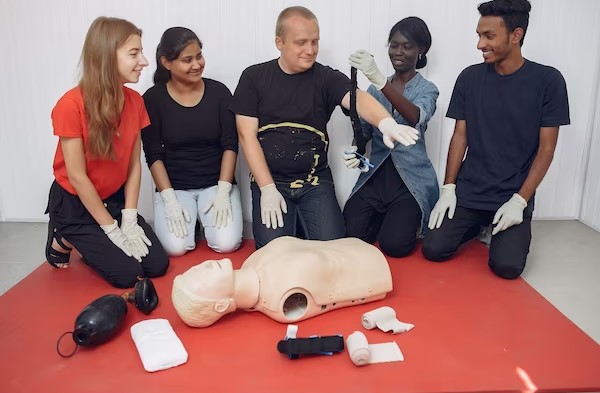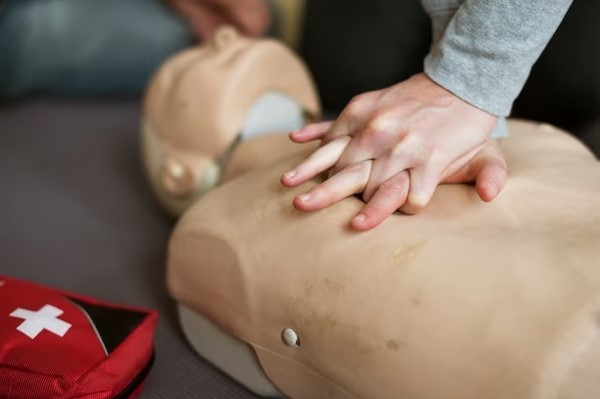CPR is a very important part of healthcare, but it requires the right knowledge and skills to be in good hands. If done incorrectly, CPR can potentially be life-threatening. This is why knowing common mistakes in CPR practice is essential to avoid these blunders.
Also, it ensures you are doing this technique in the best possible way. Baltimore CPR classes are the best way to know about the CPR procedure in detail. It tells the right way to perform CPR effectively and safely.
Inaccurate Positioning of Arm
Incorrect hand placement is the most common mistake most beginners make while performing CPR. Place both hands in the interlocking position; shoulders must lie directly above the hand.
Make sure you are placing your hands over the chest and not right on the breasts or between them. Remember, as you compress, you must keep their shoulders and hand perpendicular to the patient’s chest.
Not Completing Cycle
Usually, organizations teach people to do a series of compressions, breaths, and then compressions again at a rate of around 100 to 120 compressions per minute. These people think that after 30 to 40 seconds, they have completed the entire ‘cycle.’
But you should never do this. Instead, do chest compressions and then check the pulse. If you don’t feel a pulse, you must begin breathing again. The important thing is to continue until the patient feels better.
Wrong Position of Head

Keeping the head in the right position while doing the CPR procedure is necessary. While performing CPR, the head of the patient must be tilted back with the hands. At the same time, the other hand of the person doing CPR must be used to lift the patient’s chin. Two rescues must be breathing if you want good results during the 30 chest compressions.
Quick and Shallow Compressions
Compression must be at a low speed; otherwise, it will not result in the proper blood flow in the heart. This is because if the compressions speed is fast, the heart will not get enough time to fill with blood, and pumping on an empty stomach can be dangerous for many people.
Shallow compression also impacts the heart’s blood flow and energy. On the other hand, if the compression is severe, there may be rib fractures, which will undoubtedly impact the patient’s quality of life. To achieve good results, one must attempt to perform careful CPR.




